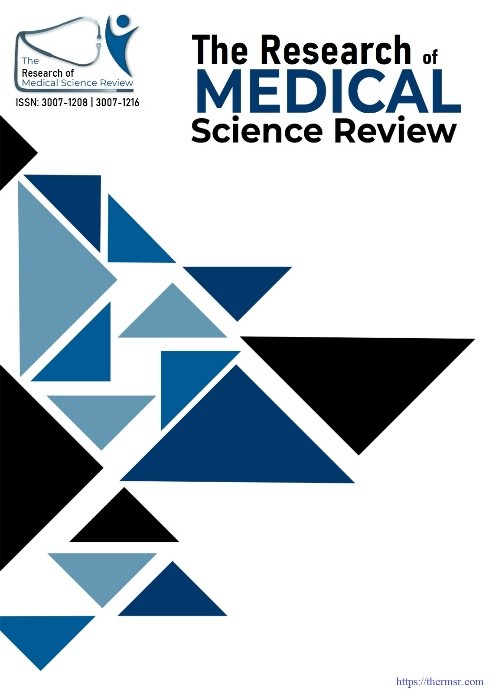ULTRASONOGRAPHIC EVALUATION FOR DETECTION OF KIDNEY AND GALLBLADDER CALCULI
Main Article Content
Abstract
Mineral deposits accumulate and solidify within the kidney and gallbladder and form Renal and gallbladder calculi respectively. To enhance diagnostic results an early and precise diagnosis is essential. ultrasonography is used as a first-line imaging technique due to its real-time imaging, absence of ionizing radiation, and acceptability for follow-up imaging, especially in pregnancy and renal impairment. Objective: The objective of this study is to assess the diagnostic accuracy, typical findings, and clinical importance of ultrasound for gallstones and renal stones Material and method: For six months on 70 patients, ultrasonographic analytical scan was performed in DHQ hospital Faisalabad. It involved assessing suspected cholecystic and renal disease patients using real-time b-mode 3.5 MHz ultrasound scanners. High-resolution ultrasound scanners aid in locating the stone by identifying the sound shadow and focusing on the eco-organ. RESULTS: After ultrasonography, a total of 1801 (7.31%) patients were diagnosed. The calculi usually measure about 6.3 mm across. The biggest calculi on record measured 22 mm, while the smallest were 0.9 mm. The 30% stones present in upper pole, 30%in lower pole and 40% in mid pole in kidney. Gallbladder calculi ranging from > 5mm to 10 mm are 54.3% and from 11 to >20mm are 46.7%. Conclusion: Ultrasonography allows for safe and effective detection of stones in the urinary tract and GB. Its ability to find fine imaging procedures, differentiate calculi types and provide versatile information. By offering a non-invasive and comprehensive approach even in pregnancy, it facilitates earlier disease monitoring and reducing drastic effects of pathologies.
Downloads
Article Details
Section

This work is licensed under a Creative Commons Attribution-NonCommercial-NoDerivatives 4.0 International License.
